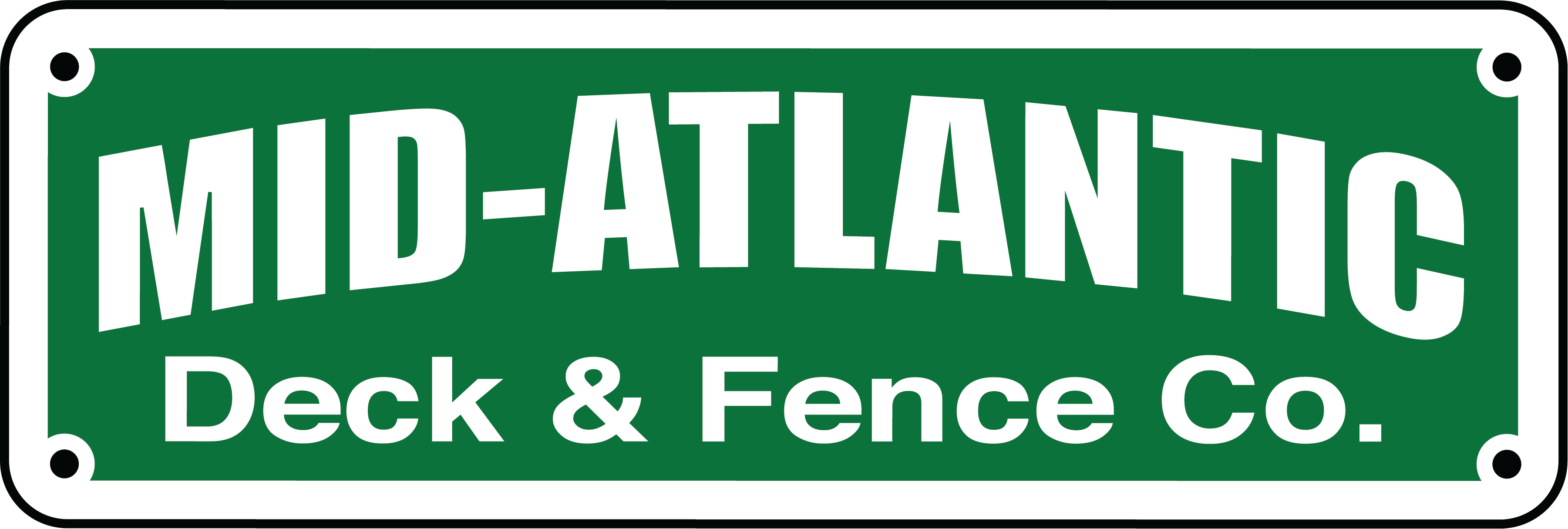Pools can be a great addition to any home, but with them come added responsibility – especially if you have young children. In order to ensure that your pool remains a fun area for your friends and family, you should follow several (if not all) of the safety precautions outlined in this article from WikiHow.com.
- Construct a fence around the pool. In many jurisdictions this is now obligatory and there will be precise measurements for height provided by your local municipality. In addition, the fence should have a child safety gate that can only be opened by older children and adults. If your jurisdiction does not yet regulate pool fences, build your fence to at least 1.5 metres /5 feet in height and ensure that it does not enable access to the pool without using the gate.
- Maintain the fence and gate. Once you have these in place, ensure that there are no deficiencies and that the fence and gate are working as they should be. Make regular checks (at least monthly) to ensure all is well.
- Remove items leaning against the fence. Young children and pets may be tempted to use anything that looks like stairs or a climbing aid, so never leave anything leaning against the fence.
- Keep the gate shut. At all times, no matter what and no matter who is in the vicinity of the pool, keep the gate shut. Older children cannot be expected to remain aware of a toddler wandering into the pool area whilst they are playing around, shouting and having fun. They are too distracted, so ensure that the gate is closed. A self-closing and self-latching gate is your best option.
- Cover the poolside with non-slip surfaces. Although there should be a no-running rule, accidents do happen and it is better to try and guard against slipping by using a good surface.
- Provide life jackets. Any child under 3 should wear a life jacket in the pool and any child unable to swim should also be in one unless under the direct supervision of a responsible person assisting them to learn to swim.
- Keep it tidy. A poolside littered with toys, floats, noodles and other objects can be alluring to a small child. Always put these away to avoid encouraging their use when nobody is watching.
- Make rules. Make a set of behavior rules for the pool and ensure that the whole family is aware of them. For example:
- No running, no throwing objects
- Never prop open the pool gate; always leave it shut
- Never let children swim without adequate supervision from a responsible, mature person
- Always remove objects from the poolside or near the fence when not swimming
- Keep lifesaving equipment handy. Keep a first aid kit, rescue buoys, a long pole etc. in a handy location (not accessible by small children) that can be used in a hurry if needed. It is also crucial to know how to resuscitate, so attend first aid courses and keep your knowledge up-to-date.
- Keep pool chemicals locked away. Children and pets might be attracted to pool chemicals, which are highly poisonous if swallowed. They should be locked away at all times and kept out of the reach of children.
- Keep an eye on them. Don’t ever leave the pool area unsupervised when it is accessible. If you must leave, secure the area or bring the children/pets in the home with you. If a child or pet is suddenly out of sight, always check the pool first. Drowning can occur in minutes, without any splashing or noise whatsoever. If they are drowning, every second counts, so check the pool first.
If you have any questions, contact Mid-Atlantic Deck & Fence by calling 1-800-833-9310 or click here today!
Check us out on Facebook and Twitter as well!
Tags: Accidents, Addition, Around the pool, Buoys, Child Safety Gate, Children, Construct a fence, Equipment, family, fence, First Aid Courses, First Aid Kit, Firt Aid, friends, gate, Home, Life Jackets, Lifesaving, Lifesaving Equipment, Make Rules, Mid-Atlantic Deck & Fence, No running rule, no throwing objects, Non-Slip Surfaces, Pets, Pool, Pool Chemicals, pool fences, pool safety, Poolside, Proper Pool Safety: From First Aid to Non-Slip Surfaces and Pool Fences, Responsibility, Resuscitate, Safety, safety precautions, Self-closing gate, self-latching gate, Small Children, Supervision, Swim, Swimming, Toddler








